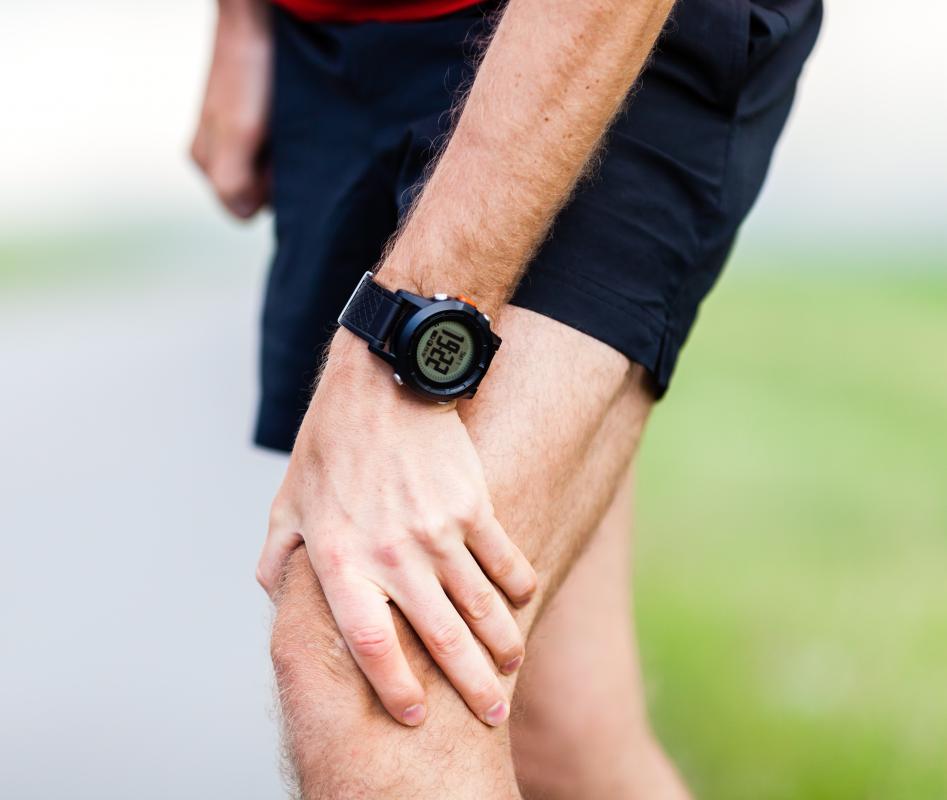At WiseGEEK, we're committed to delivering accurate, trustworthy information. Our expert-authored content is rigorously fact-checked and sourced from credible authorities. Discover how we uphold the highest standards in providing you with reliable knowledge.
What are Different Chondromalacia Exercises?
Chondromalacia is a condition that affects the knee and causes pain during activities such as squatting and running. This is often caused by an imbalance in muscles surrounding the joint and exercises are required to restore the balance. These exercises usually focus on the muscles surrounding the knee — particularly the quadriceps. Examples of chondromalacia exercises include straight leg raises, using an exercise bike with a high seat and isometric knee holds. Exercises to strengthen muscles of the hip may also be required in order to increase the knee’s stability.
Isometric exercises are useful for strengthening the quadriceps muscles without putting excessive force through the knee joint. To perform an isometric quadriceps hold, the patient should sit on the floor with legs straight out in front. One at a time the quadriceps muscles should be tightened and the knee pushed downward into the floor. This should be held for around 10 seconds and repeated at least three times a day.

Another of the most common chondromalacia exercises is the straight leg raise. The patient should lay on his or her back with one leg bent. In a slow and controlled manner, the straight leg should be lifted a small amount and then held for around three to five seconds. A set of 10 repetitions on each leg should be repeated several times a day.
It’s important for someone with chondromalacia to stay generally fit and healthy throughout knee treatment. This can be difficult as the majority of exercises require the knee joint. Using a stationary bicycle is often pain-free and is a good example of chondromalacia exercises that strengthen the quadriceps and increase fitness. The seat should be higher than usual to reduce pressure on the knee.

Once the pain starts to subside, the patient can perform more intensive quadriceps exercises. For example, split squats and full squats are often used but can be too painful in the beginning. Chondromalacia exercises shouldn’t cause pain, as this can result in more damage to the cartilage beneath the kneecap.
The reason that chondromalacia exercises for the quadriceps muscles are often so effective for this condition is that stronger muscles attaching to the knee help to reduce pressure on the patella. If, however, conservative strengthening treatment doesn’t work, a knee arthroscopy may be required in order to fix the damaged cartilage. Knee rehabilitation isn’t an overnight fix — the exercises will need to be performed for around four to six weeks before any noticeable improvement is felt.
AS FEATURED ON:
AS FEATURED ON:














Discuss this Article
Post your comments